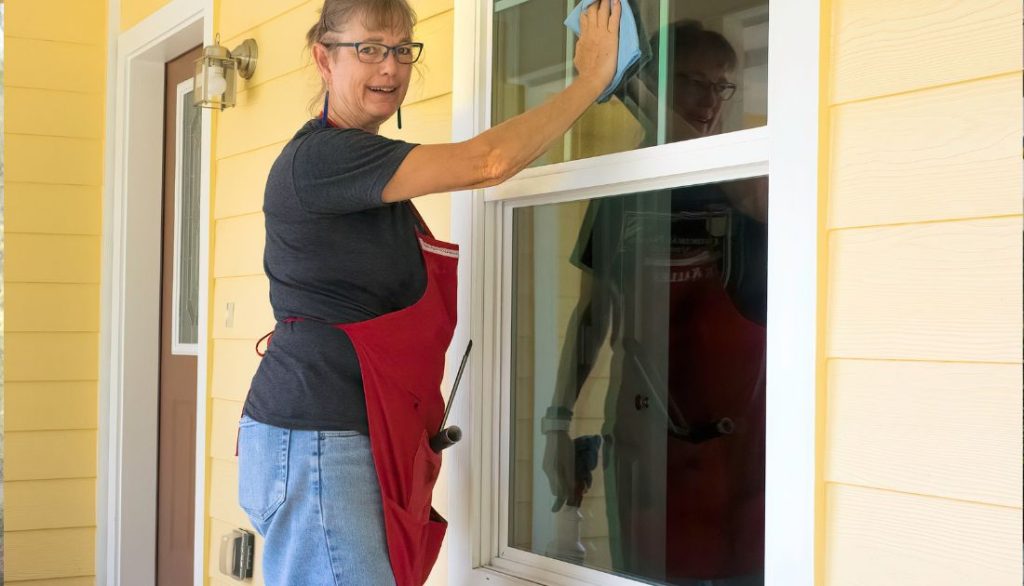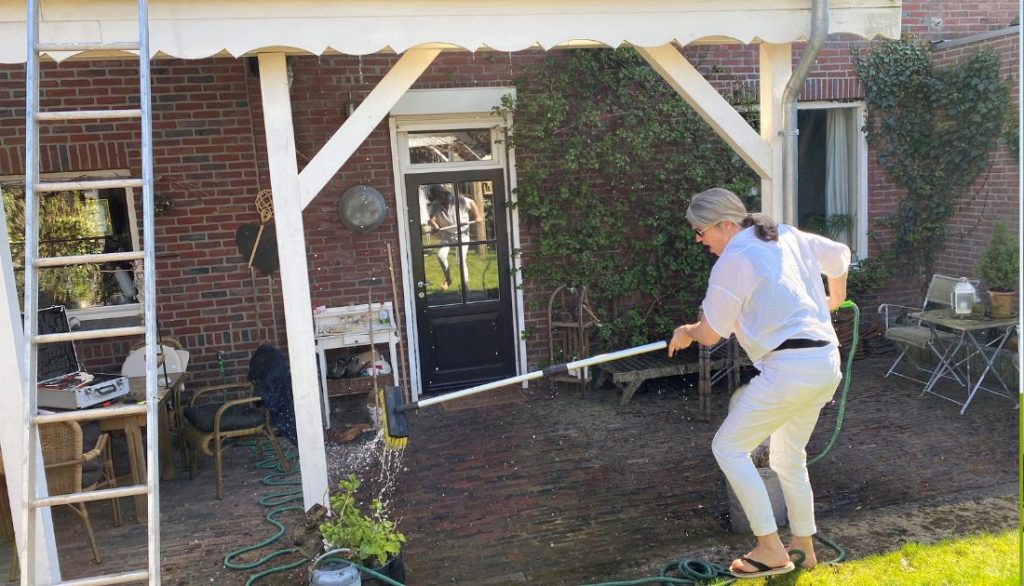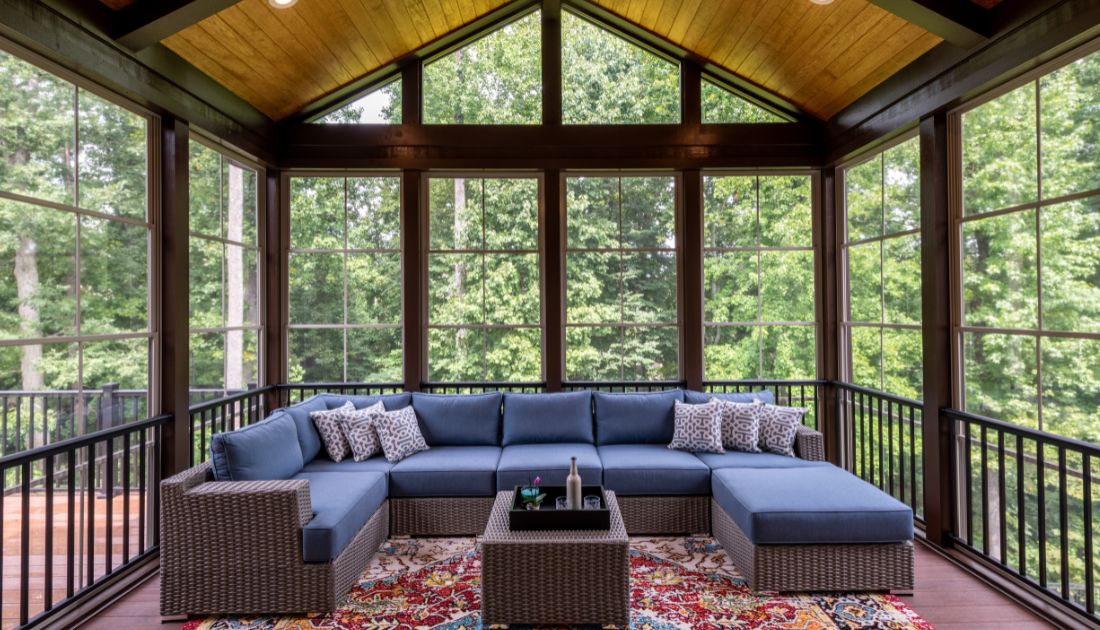Table of Contents
As the colder months approach, many homeowners face the task of winterizing their screened-in porch to ensure it remains a comfortable and usable space throughout the winter season. While this may seem like a daunting and potentially costly endeavor, there are actually plenty of budget-friendly ways to prepare your screened-in porch for winter weather effectively.
Assessing Your Needs and Prioritizing
Before starting the winterizing process, closely examine your screened-in porch to identify any areas needing attention. Check for holes or tears in the screens, damaged door seals, and cracks in the flooring. Make a list of these issues so you can address them accordingly.
Setting Priorities
Once you have assessed the condition of your screened-in porch, prioritize which tasks need to be addressed first based on their level of urgency. For example, if there are large holes in the screens where pests could enter, this should be at the top of your list. Fixing minor issues like loose screws or faded paint can be saved for later.
Budget-Friendly Solutions
When prioritizing tasks for winterizing your screened-in porch, consider budget-friendly solutions such as patching up small holes in screens instead of replacing entire panels. Look for affordable weatherstripping options to seal gaps around doors and windows. You can effectively winterize your screened-in porch by assessing your needs and setting priorities without breaking the bank.
Seal the Cracks and Gaps
- Inspect for Drafts: Start by carefully examining your screened porch for cracks or gaps where cold air could enter. Check around windows, doors, and any other openings that may have developed over time.
- Use Weather Stripping: Invest in weather stripping to seal off gaps around windows and doors. This affordable solution can help prevent drafts and keep your porch cozy during winter.
- Caulk Where Necessary: Pick up a tube of exterior caulking to fill in any larger gaps or cracks that may let in cold air. Apply the caulk evenly and let it dry completely before exposing it to harsh weather conditions.
By sealing the cracks and gaps in your screened porch, you can create a more energy-efficient space that will keep you comfortable all winter long without breaking the bank.
Insulating Your Screened In Porch
- Weather Stripping: Seal any gaps around windows and doors with weather stripping to prevent cold air from entering your screened porch.
- Draft Stoppers: Use draft stoppers along the bottom of doors to keep out drafts and retain heat inside the space.
- Insulated Curtains: Hang insulated curtains or drapes to provide an extra insulation layer and keep warm during colder months.
- Rugs or Carpets: Place rugs or carpets on the floor to help insulate and add warmth to your screened porch.
- Space Heaters: Consider using a portable space heater to provide warmth, especially during extreme cold spells.
Following these simple steps, you can effectively insulate your screened porch without breaking the bank, allowing you to enjoy this cozy winter outdoor retreat.

Protecting Furniture and Decor
- Cover Your Furniture: Invest in durable, waterproof covers for your outdoor furniture to shield them from snow, rain, and wind. This simple step can extend the life of your furniture and keep it looking new for longer.
- Bring in Delicate Items: If you have delicate decor items such as candles, textiles, or artwork on your screened-in porch, consider bringing them indoors during the winter months. These items are more susceptible to damage from moisture and cold temperatures.
- Use Sealants: Apply weatherproof sealants to wooden furniture or decor pieces to protect them from the elements. This extra layer of protection can prevent warping, cracking, or fading caused by exposure to harsh winter conditions.
Utilizing Thermal Curtains or Blinds
- Invest in thermal curtains or blinds to keep the heat inside your screened-in porch during winter.
- These specially designed window treatments help insulate the space by trapping warm air and blocking out cold drafts.
- Look for easy installation and removal options, allowing you to enjoy the benefits of thermal insulation without a permanent commitment.
Incorporating thermal curtains or blinds into your winterizing strategy allows you to create a cozy retreat on your screened-in porch without spending a fortune.
Adding Warmth with Space Heaters
- Choose the Right Type: When selecting a space heater for your screened-in porch, opt for models specifically designed for outdoor use to ensure safety and efficiency.
- Positioning Matters: Place the heater in a central location on the porch to distribute heat evenly and effectively throughout the space.
- Consider Size: Determine the appropriate size of the space heater based on the dimensions of your porch to avoid overworking or underutilizing it.
Implementing DIY Draft Stoppers
- Materials Needed: To begin, gather supplies such as fabric scraps, dried beans or rice, and a sewing kit. These items can easily be found around the house or purchased inexpensively at your local craft store.
- Simple Steps to Follow: Cut the fabric scraps into long rectangular strips, then sew them together to create a tube-like shape. Fill the tubes with dried beans or rice to add weight and sturdiness. Finally, place these draft stoppers along the base of your screened-in porch doors and windows to keep drafts at bay.
- Cost-Effective Solution: By making your draft stoppers, you save money and customize them to fit your porch’s needs. This budget-friendly option provides an effective barrier against chilly winter winds without breaking the bank.
Other Options
Try Out Heavy-Duty Vinyl Curtains
Heavy-duty vinyl curtains are an effective and affordable way to winterize a screened-in porch. These curtains are designed to provide insulation and protection against cold winds, making your porch usable even in chilly weather. They are easy to install, typically using grommets and hooks, and can be drawn back when not needed, preserving the porch’s open feel.
Additionally, heavy-duty vinyl curtains are durable and can withstand harsh weather conditions, ensuring long-term use. Their transparency also allows natural light to enter, keeping the porch bright and welcoming while maintaining warmth.

Use Vinyl Sheeting
Vinyl sheeting is another cost-effective method of winterizing your screened-in porch. This inexpensive material can be easily cut to fit any porch opening. To install, simply secure the vinyl sheets over the screens using staples, nails, or adhesive tape, creating a barrier against the cold.
Vinyl sheeting provides excellent wind resistance and helps retain heat, making your porch more comfortable during winter. Additionally, this method is straightforward and quick, allowing for easy removal or replacement when the warmer weather returns.
Install Vinyl or Acrylic Panels
Consider installing vinyl or acrylic panels on your screened-in porch for a more permanent solution. These panels offer robust insulation properties, effectively blocking cold air while retaining warmth. They are available in various sizes and can be custom-cut to fit your porch’s dimensions perfectly.
Installation involves mounting the panels over the existing screens, providing a clear, unobstructed view while keeping the cold at bay. Vinyl and acrylic panels are durable, low-maintenance, and can significantly extend the usability of your porch throughout the winter. This method balances affordability and effectiveness, making it a popular choice for many homeowners.
Preparing for Snow and Ice
- Inspect your porch: Before the first snowfall, thoroughly inspect your screened-in porch for any damage or weak spots that may not withstand heavy snow or ice.
- Seal any gaps: Make sure to seal any gaps in your porch to prevent drafts and cold air from entering. This will help keep your porch warm during the winter months.
- Cover sensitive furniture: If you have any sensitive outdoor furniture on your screened-in porch, consider covering it with waterproof covers to protect it from snow and ice.
